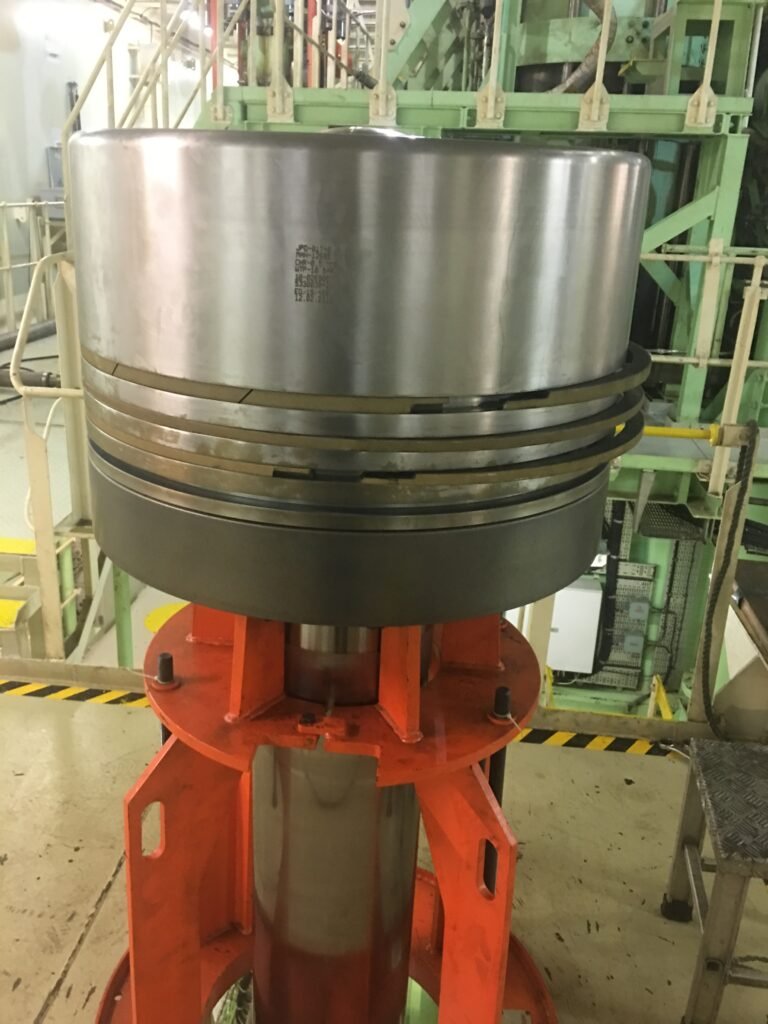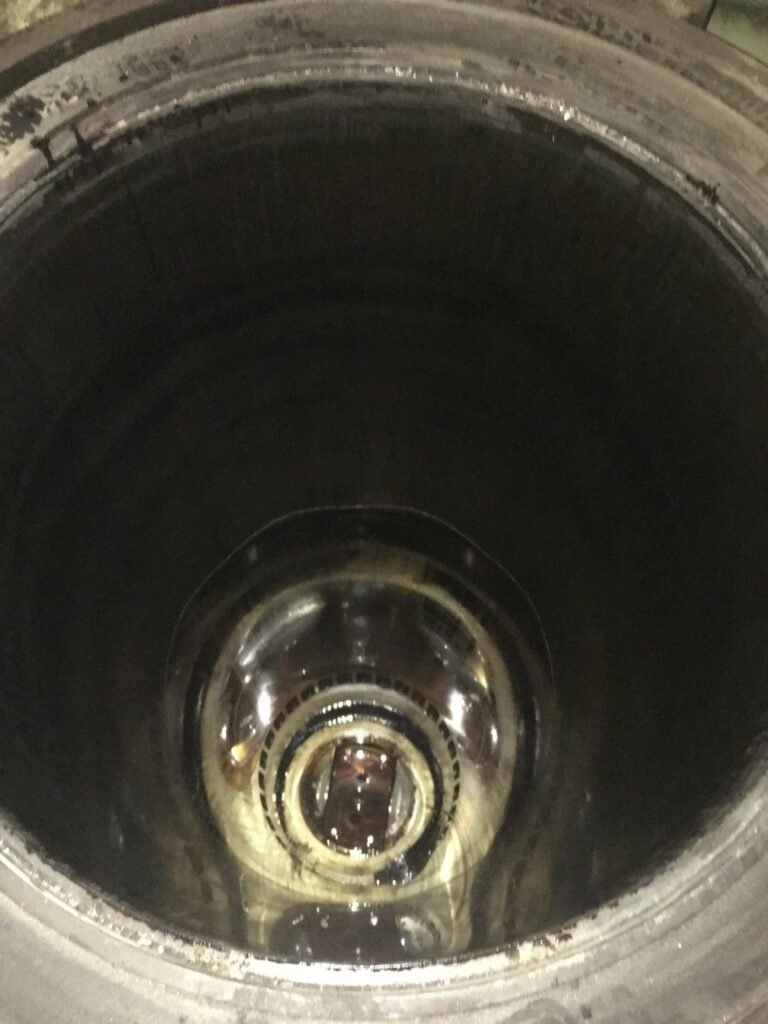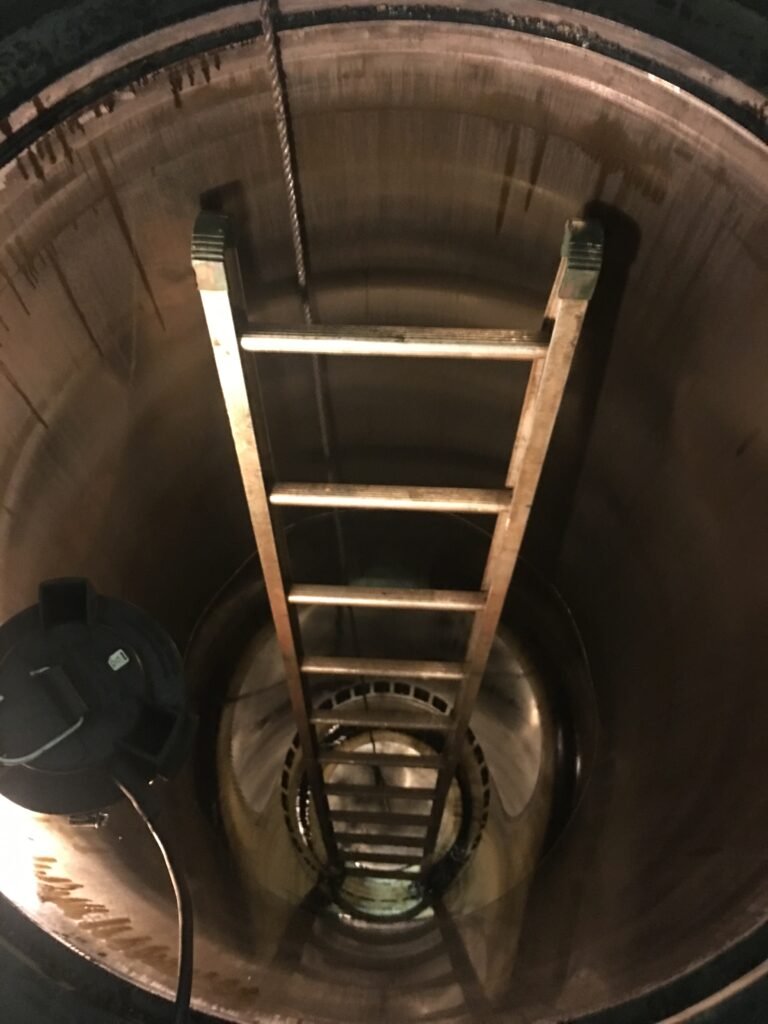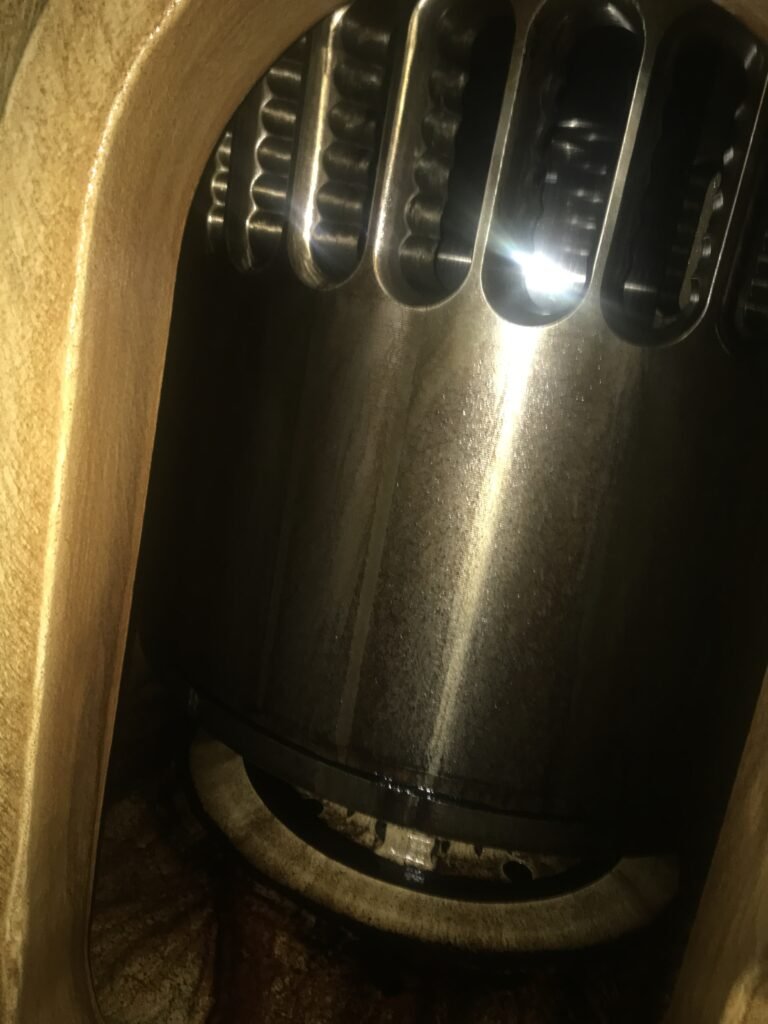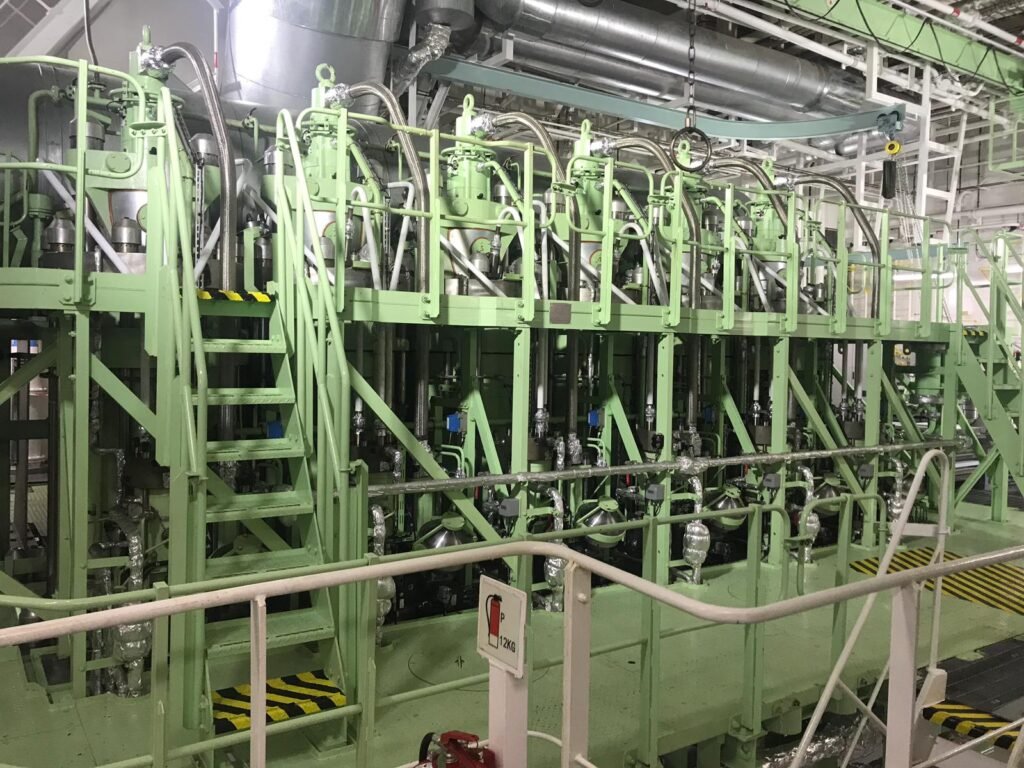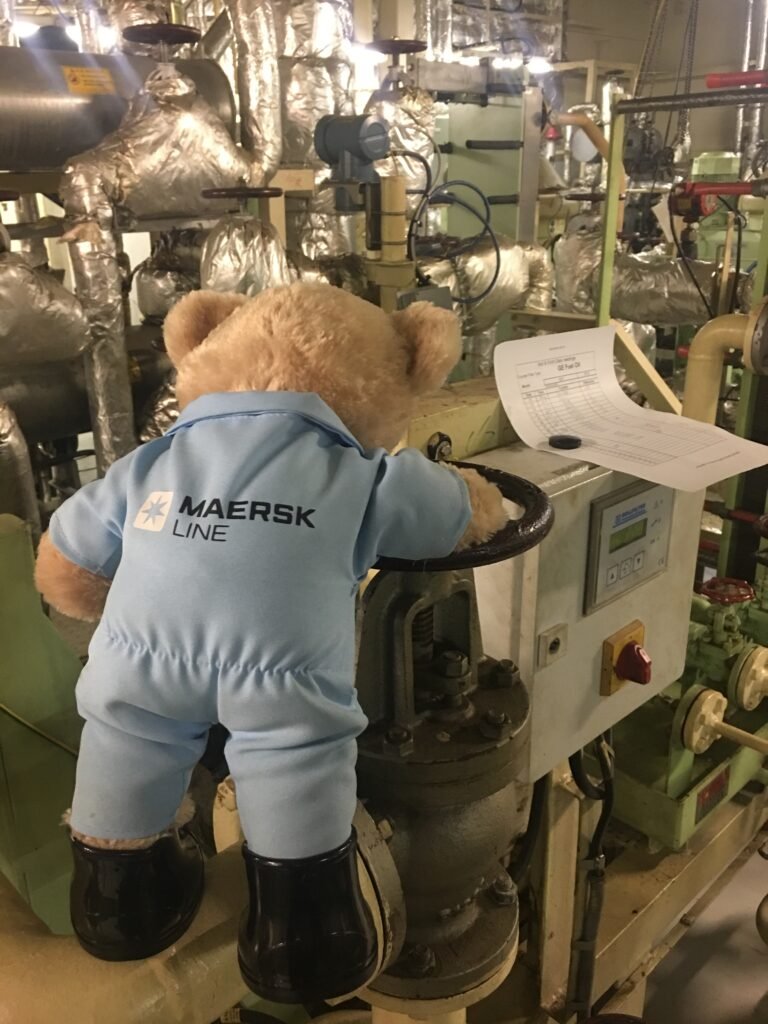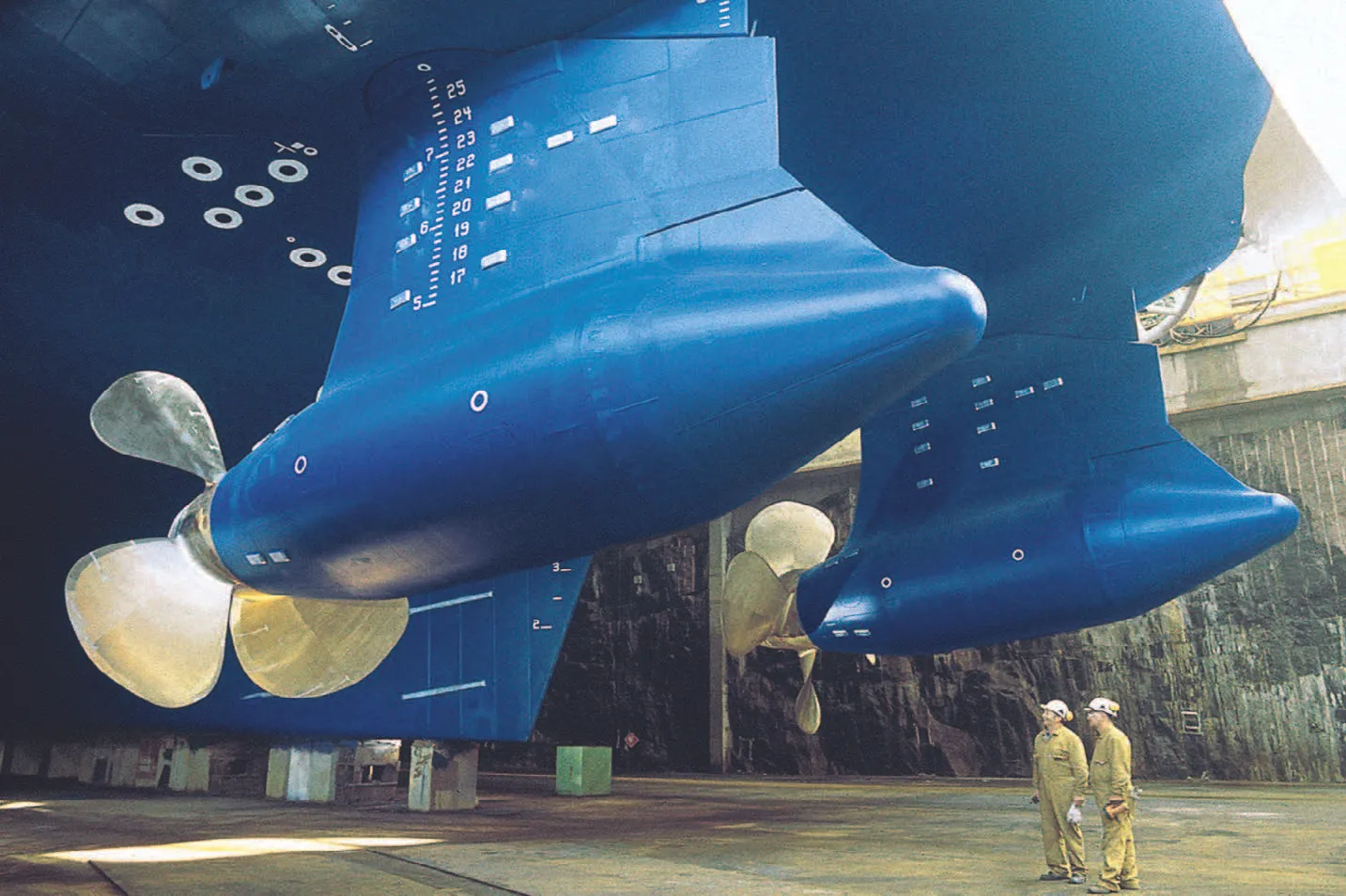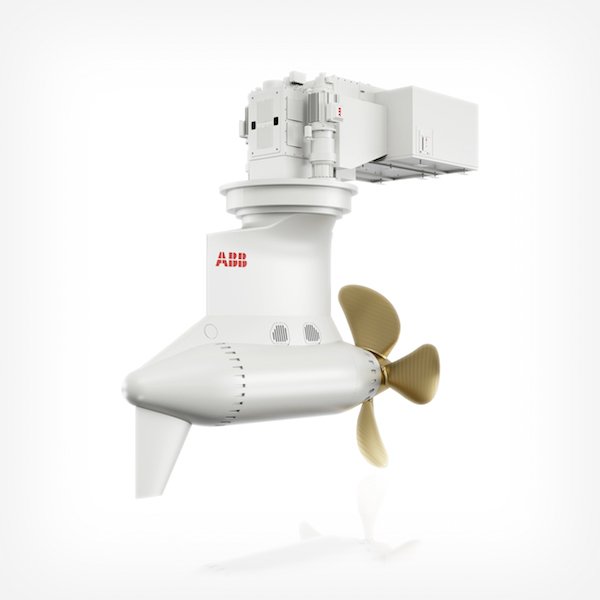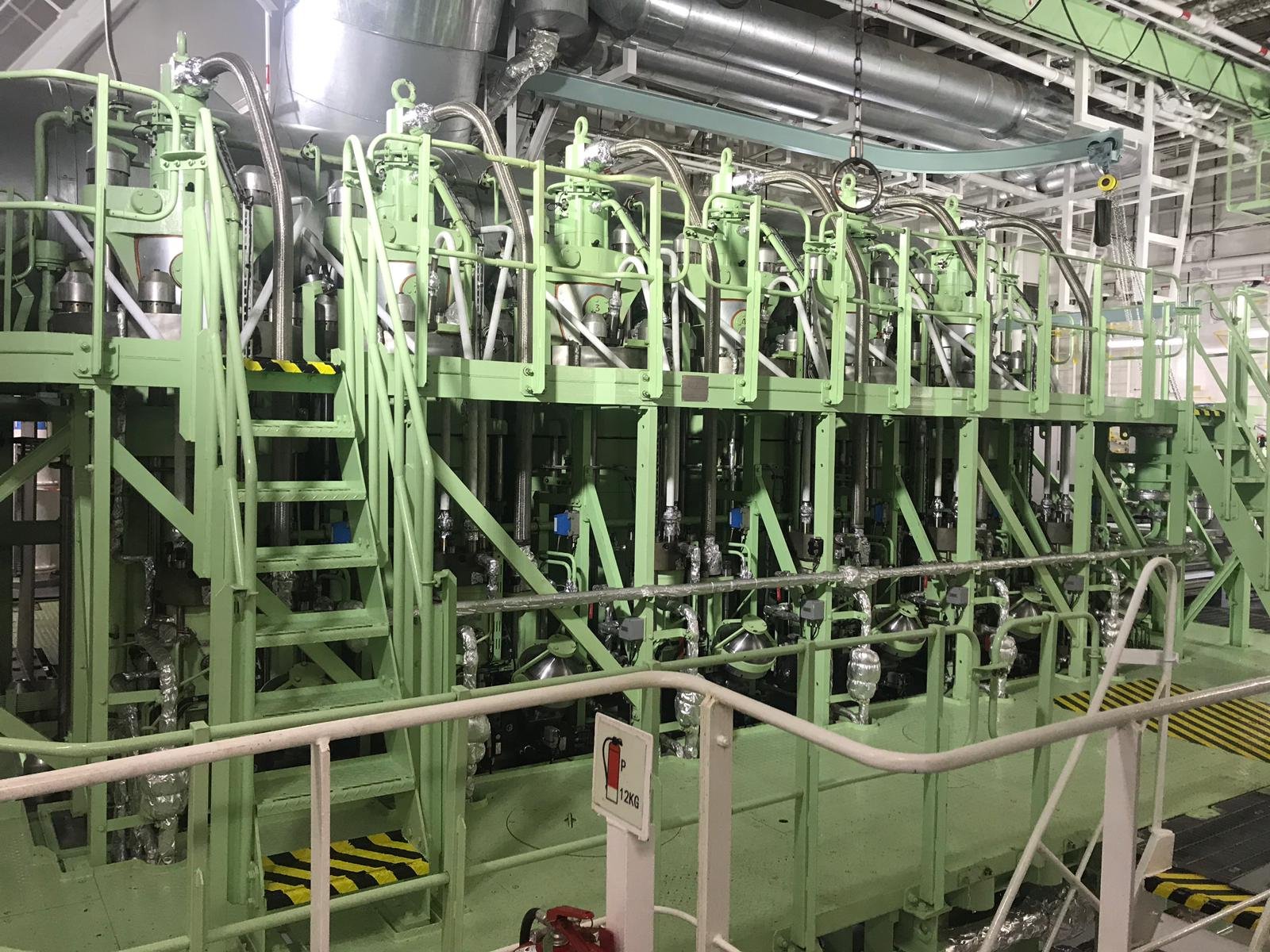
The two-stroke operation cycle in marine diesel engines refers to the sequence of events that occur during the operation of the engine. Unlike four-stroke engines, which complete the cycle in four separate strokes (intake, compression, power, and exhaust), two-stroke engines complete the cycle in just two strokes of the piston.
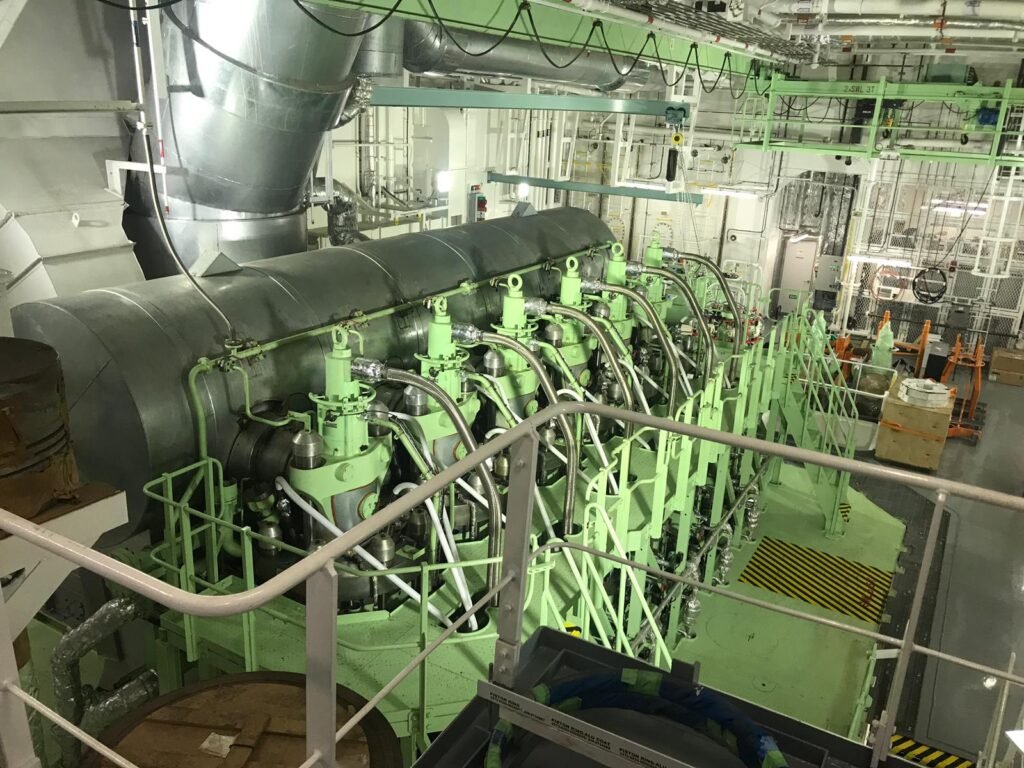
Here’s a breakdown of the two-stroke operation cycle in relation to marine diesel engines:
Intake/Scavenging Stroke: During this stroke, the piston moves downward from the top dead centre (TDC) to the bottom dead centre (BDC). Simultaneously, the exhaust gases from the previous power stroke are expelled through the exhaust ports or valves. As the piston reaches the BDC, the inlet ports or valves are uncovered, allowing the incoming air or air-fuel mixture to enter the cylinder. The movement of the piston also pressurizes the crankcase, which stores the fresh air or air-fuel mixture for the upcoming compression stroke.
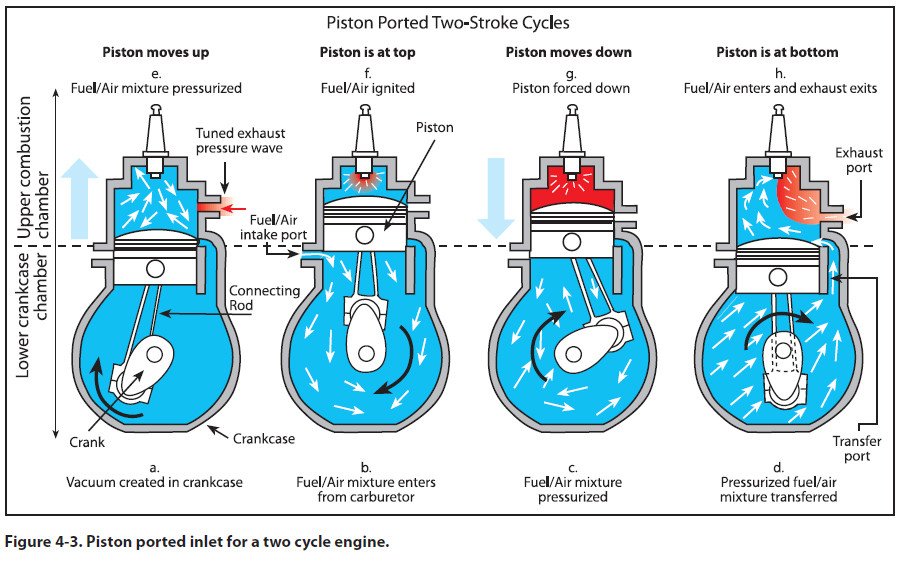
Compression/Combustion Stroke: As the piston starts moving upward from BDC to TDC, it compresses the air or air-fuel mixture in the cylinder. At TDC, fuel injection takes place, and the compressed air becomes extremely hot. The heat ignites the fuel, causing rapid combustion and an increase in pressure. The expanding gases from the combustion force the piston back down.
Simultaneously, the upward movement of the piston uncovers the exhaust ports or valves, allowing the burnt gases to escape. This process is known as scavenging, where the incoming fresh air or air-fuel mixture helps flush out the remaining exhaust gases from the cylinder.
The cycle then repeats, with the piston moving down again to initiate the intake/scavenging stroke, followed by the upward movement for the compression/combustion stroke. This continuous cycle generates power and drives the engine’s crankshaft, which is connected to the propeller, enabling the vessel to move forward.
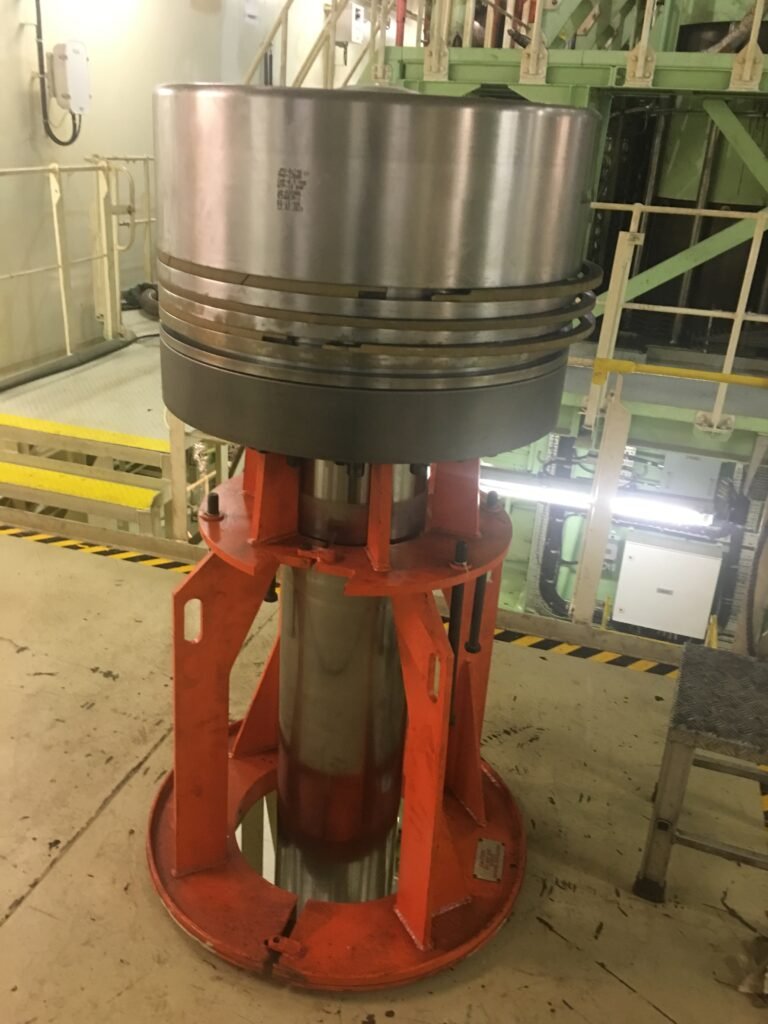
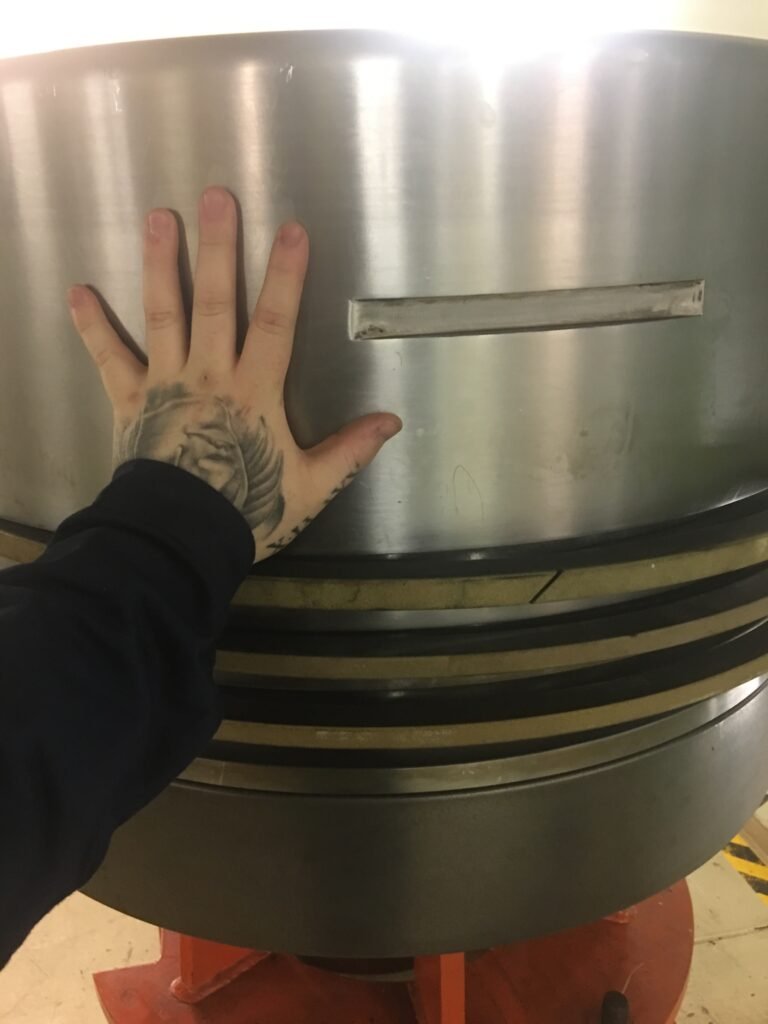
It’s important to note that two-stroke marine diesel engines require the addition of lubricating oil to the fuel, as they lack a separate lubrication system. This oil helps lubricate the moving parts and acts as a sealing agent for the piston rings and cylinder liner.
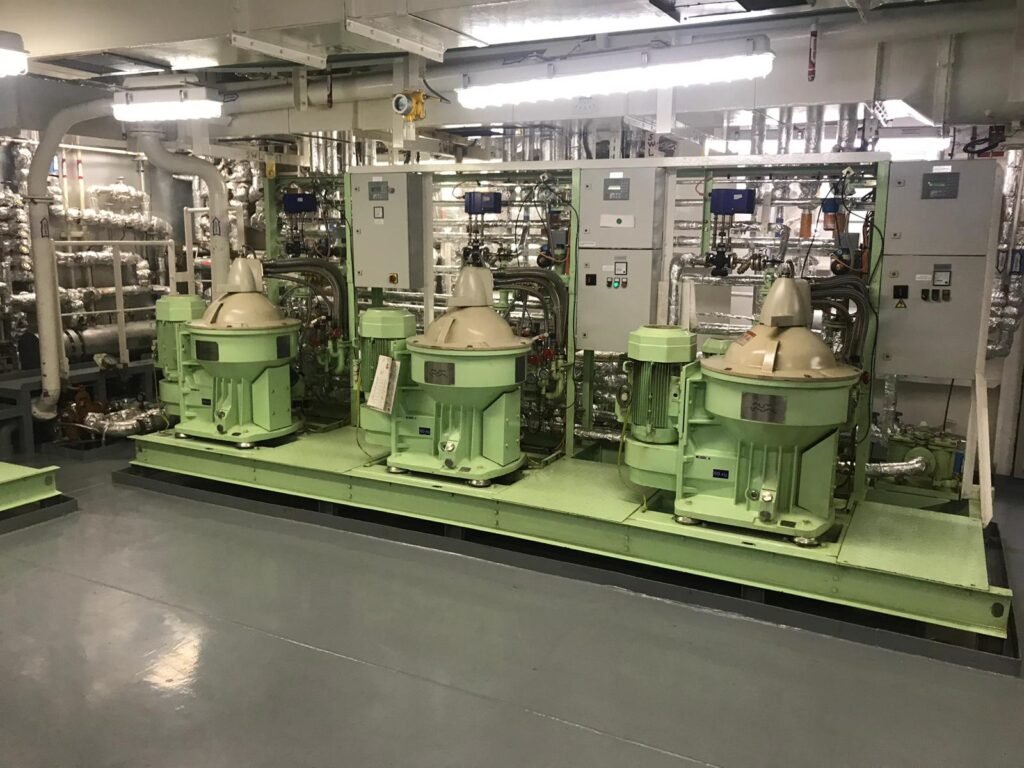
Overall, the two-stroke operation cycle offers simplicity, high power-to-weight ratio, and reduced mechanical complexity, making it suitable for marine applications where lightweight and compact engines are desirable.
